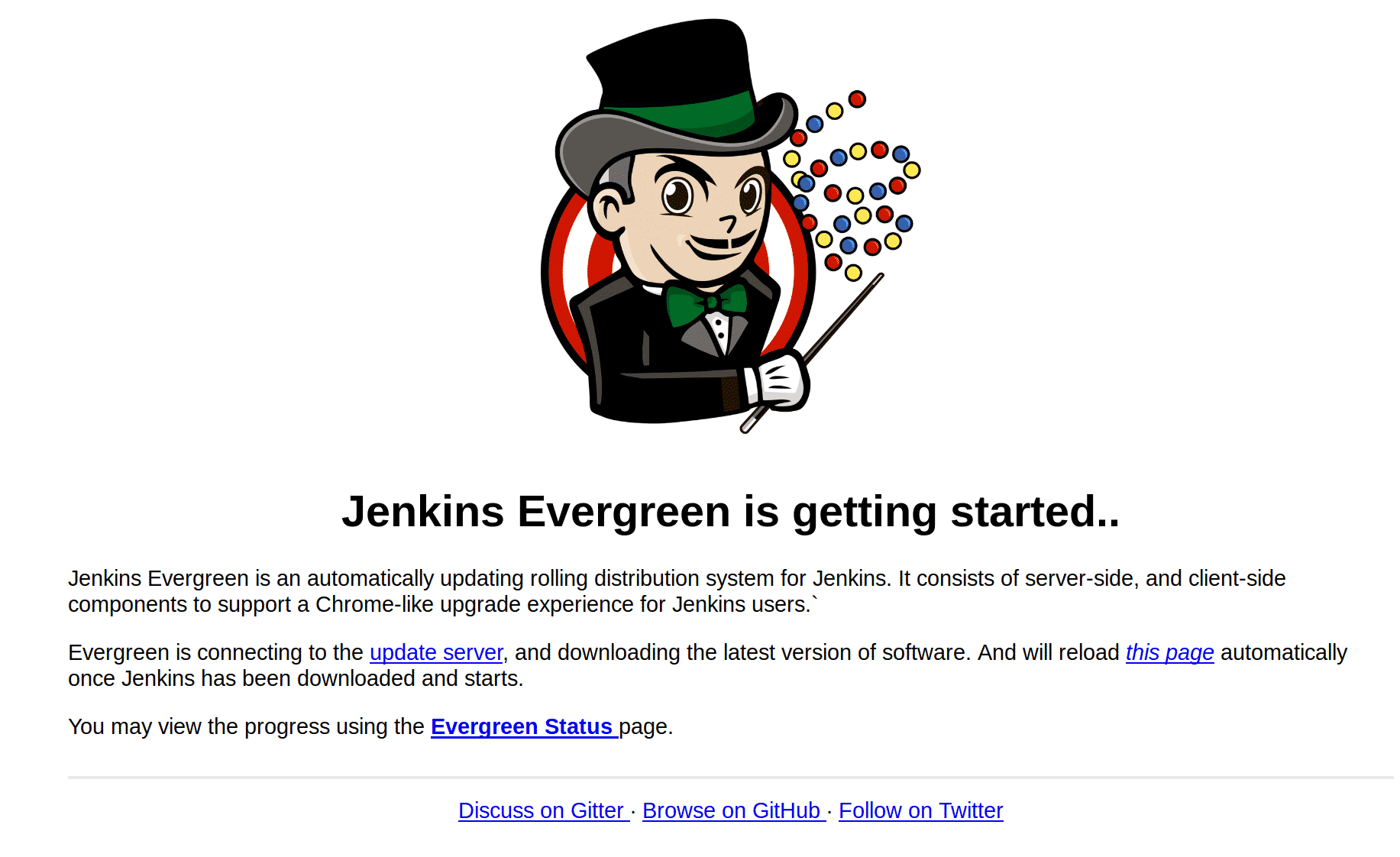The writer of Jenkins has gone native in a cloudy DevOps global
Share
Jenkins, er, DevOps World kicked off in Nice this week as CloudBees took to the degree in front of 800 enthusiasts of the pipeline to reveal some of the toys available to lucky devs.
Kohsuke Kawaguchi, the creator of the Jenkins automation server and chief generation officer of CloudBees, released right into a run-via of what he described as the “5 superpowers” CloudBees is bestowing on builders (for a charge) after confessing to the target audience: “I’ve been at this more than a decade.”

The Jenkins community has been participating in a few spectacular increases, adding 24.4 consistent with cent extra tasks yr on 12 months (most effective counting those that permit usage statistics to be slurped by way of the route assignment). Sadly, that reputation has also resulted in the growth of what CloudBees CEO Sacha Labourey called Frankenstein Jenkins or, more snappily, “Jenkins twins” as teams upload plug-ins to create an “enormous, fragile master that falls aside.”
Killer robots apart, getting Jenkins well cloud-native is a concern. The plan is to strip report machine-based storage from the product and lose the inherent unmarried point of failure of the Jenkins master procedure as things scale up and down as wished; thank you for the pliancy of the cloud. Kawaguchi pointed to artifact archiving to S3, for example, of progress before wheeling out individuals of the Special Interest Group (SIG) working on the assignment within Microsoft and Google.
The Microsoft representative, resplendent in a Source T-blouse (that is the new Microsoft, do not forget?), promised that an Azure artifact plug-in would be to be had in a month or so, insisting the software program large wanted to give customers “as proper a revel in as we will in DevOps.” Microsoft, of a route, has its own CI/CD product inside Azure DevOps.

Jenkins X
Because it’s miles impossible to speak DevOps in recent times without throwing in a Kubernetes reference or two, the Kubernetes-native CI/CD Jenkins X was given the nod from Kawaguchi, who insisted “you don’t need to be an expert in Kubernetes to utilize it.” The command-line tool can import a present venture, build a pipeline (together with Helm Charts for Kubernetes), set it up in GitHub, and run the pipeline to install a model to a staging environment. Simple, right?
For his part, Kawaguchi likened the method to an excessive-velocity train that only is going to one vacation spot, that vacation spot being cloud local improvement: “You can sit down returned, relax, and let the educate take you there.”
Jenkins X, a few open sourcery that the closed supply CloudBees Core v3 will enlarge (in step with CloudBees’ James Strachan) runs on-premises or within the cloud. The organization intends this to be a step to removing the overloaded master model with lightweight services that can be created and killed. Pitchforks and torches wait for Jenkinstein’s monster.
The courageous can also sign up for early entry to Kube CD, which provides a GUI atop Jenkins X for the shipping and deploying cloud apps on Kubernetes. Unfortunately, most effective those sold into Google’s Kubernetes Engine and GitHub need practice now.
Also, on the CloudBees Core front (in this example, version 2, which has yet to be hit with the re-structure stick), CloudBees took advantage of the DevOps world to announce help for Google’s comfy LDAP provider. The hyperlink-up with the Bees’ chums in Mountain View will allow the identical Google Cloud Identity or G Suite credentials to be used to hook up with the CloudBees center. It’s handy in case you’re heading cloud words.
Version three of CloudBees Core, due in the subsequent 12 months, will see a completely re-architected engine, which may be flung at Kubernetes clusters as part of a corporate suite. Chief Product Officer Christina Noren became eager to emphasize that CloudBees Core became the new identity of the existing CloudBees Jenkins Platform and CloudBees Jenkins Enterprise earlier than issuing an apology for complicated devs with a reputedly infinite parade of product names.
While CloudBees refuses to be drawn on dates (aside from Noren promising “this time the subsequent year”), the governance model due as part of CloudBees Core v3 can be a terrific hobby to jumpy admins with an eye on compliance. The wholesale pass to Kubernetes will open up a few accessible gating talents to thwart even the most enthusiastic developer.

The pipeline, Evergreen, and Configuration as Code
Some upcoming features have also been trotted out, even though numerous will be filed within the “about time too” folder. Evergreen, for one, was described as a “radical simplification” of Jenkins with the lofty intention of having a device up and going for walks in “five clicks and 5 mins”.
It’s something to strike worry into the hearts of specialists, who make a living from persuading organizations that CI/CD and Agile is a higher wager for fulfillment than a traditional waterfall technique.
Coupled with “Chrome-like” automatic updating, besides without the creepiness, the hope is that things will continue operating without requiring consistent babysitting.
Configuration as Code targets to make Jenkins “less of a snowflake,” to cite Kawaguchi, has comparable traces. The product, version 1.0 of which took a bow in September, goals to allow a person to configure Jenkins using human-readable YAML rather than placing things up manually or hitting the API using custom scripts. Being capable of slap model manipulation on a configuration file and roll returned a failed upgrade will, in keeping with Kawaguchi, permit “alternate with confidence.”
Finally, Kawaguchi cautioned that Pipeline users who aren’t already doing so need to truly use the Blue Ocean UI by now. It has been around for some time now, and if the writer of Jenkins pronounces “I wish via now anybody is the use of it,” then it probably is time. ®





